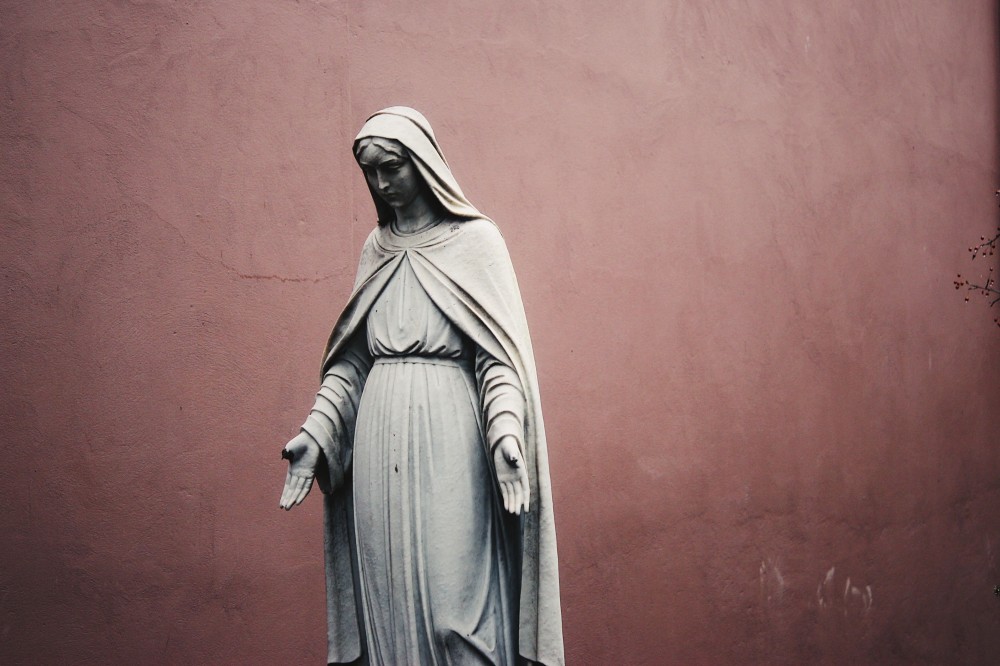Supreme Court rejects attendance caps for houses of worship

On November 26, as coronavirus cases surged again nationwide, the Supreme Court barred New York from enforcing certain limits on attendance at churches and synagogues in areas designated as hard hit by the virus.
The justices split 5–4, with new, conservative justice Amy Coney Barrett in the majority. The court’s three liberal justices joined Chief Justice John Roberts in dissent.
The move was a shift for the court. Earlier this year, when Barrett’s liberal predecessor, Justice Ruth Bader Ginsburg, was still on the court, the justices divided 5–4 to leave in place pandemic-related capacity restrictions affecting churches in California and Nevada.




